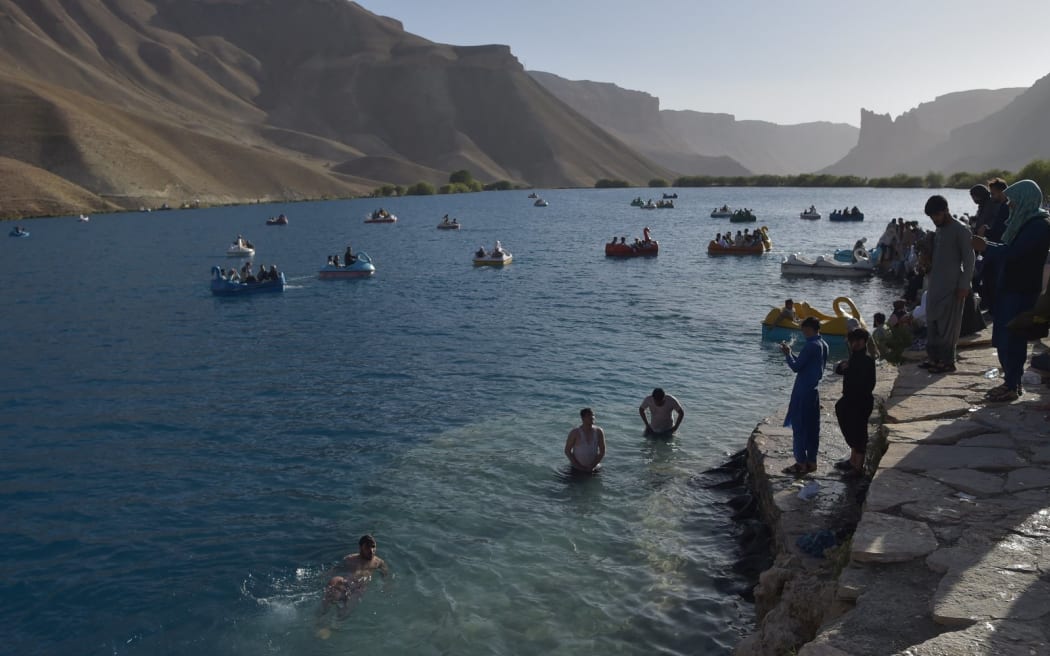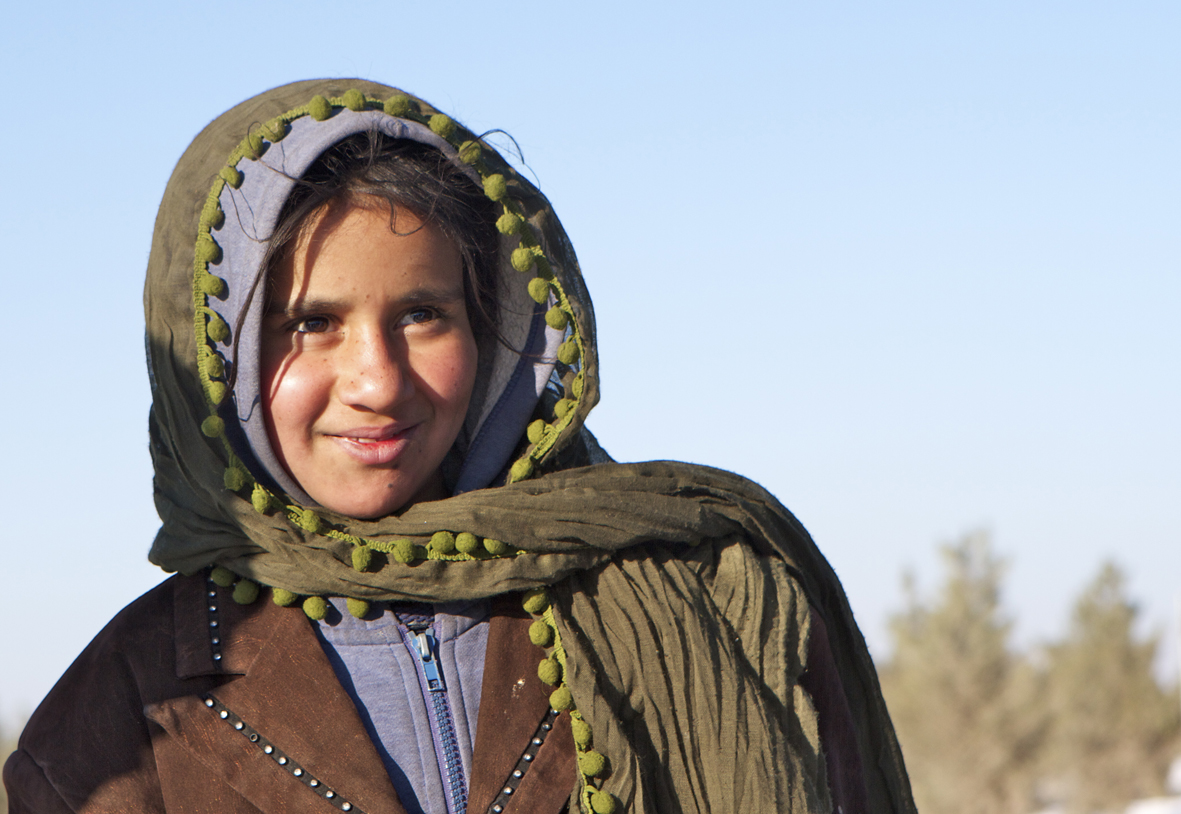
Thrill-Seeking Tourists Defy Warnings, Embarking on Afghan Adventures
Amidst the echoes of recent conflicts and ongoing political complexities, a peculiar trend has emerged in Afghanistan: thrill-seeking tourists are venturing into the country, seeking adventure in one of the world’s most perilous regions.
Defying Warnings and Seeking Adrenaline
Despite continued travel warnings and advisories issued by governments and international organizations, a small but growing number of intrepid travelers are embarking on daring expeditions to Afghanistan. These adventurers, predominantly from Western countries, are driven by a thirst for adrenaline and an unconventional desire to explore a land shrouded in mystery and intrigue.
They seek to immerse themselves in Afghan culture, trek in remote mountains, and even venture into areas that have been affected by conflict. Their motivations range from a genuine desire to connect with the local people to a need to push their limits and challenge themselves in an extreme environment.
Risks and Consequences
The allure of Afghanistan’s rugged beauty and historical significance comes with significant risks. The country continues to grapple with political instability, security threats, and the presence of armed groups. Visitors are vulnerable to kidnapping, robbery, and even terrorist attacks.
In recent years, several foreign nationals have been abducted or killed while exploring Afghanistan. In 2018, two American tourists were kidnapped and held for nearly two months before being rescued by U.S. forces. In 2020, a British couple was abducted and killed by unknown assailants.
Perspectives and Criticisms
The trend of thrill-seeking tourism in Afghanistan has drawn mixed reactions. Some applaud the adventurers for their courage and determination, arguing that their presence can contribute to economic development and promote a more nuanced understanding of the country outside of its conflict-ridden image.
Others, however, criticize these tourists for being reckless and endangering their own lives as well as the lives of those around them. They argue that their presence can inadvertently support groups involved in the illicit drug trade or other forms of criminality. Moreover, they contend that it is disrespectful and exploitative to seek entertainment in a country still struggling to heal from decades of war and conflict.
Data and Statistics
There is limited data on the number of thrill-seeking tourists visiting Afghanistan. However, anecdotal evidence suggests that the trend has been growing over the past few years. According to a 2022 report by the United Nations World Tourism Organization (UNWTO), Afghanistan received approximately 20,000 international tourists in 2021, up from 15,000 in 2020.
Conclusion
The phenomenon of thrill-seeking tourism in Afghanistan raises complex ethical, safety, and socio-political issues. While the adventurers may be motivated by a desire for adventure and cultural exploration, their actions have both potential benefits and risks for the country they are visiting.
It is crucial for prospective thrill-seekers to carefully consider the risks and consequences associated with traveling to Afghanistan. Governments and international organizations should continue to issue travel advisories and warnings, providing accurate information on potential threats and areas to avoid.
Ultimately, the decision of whether or not to travel to Afghanistan is a personal one. However, it is essential to approach such expeditions with respect, humility, and a deep understanding of the country’s complex history and ongoing challenges.
